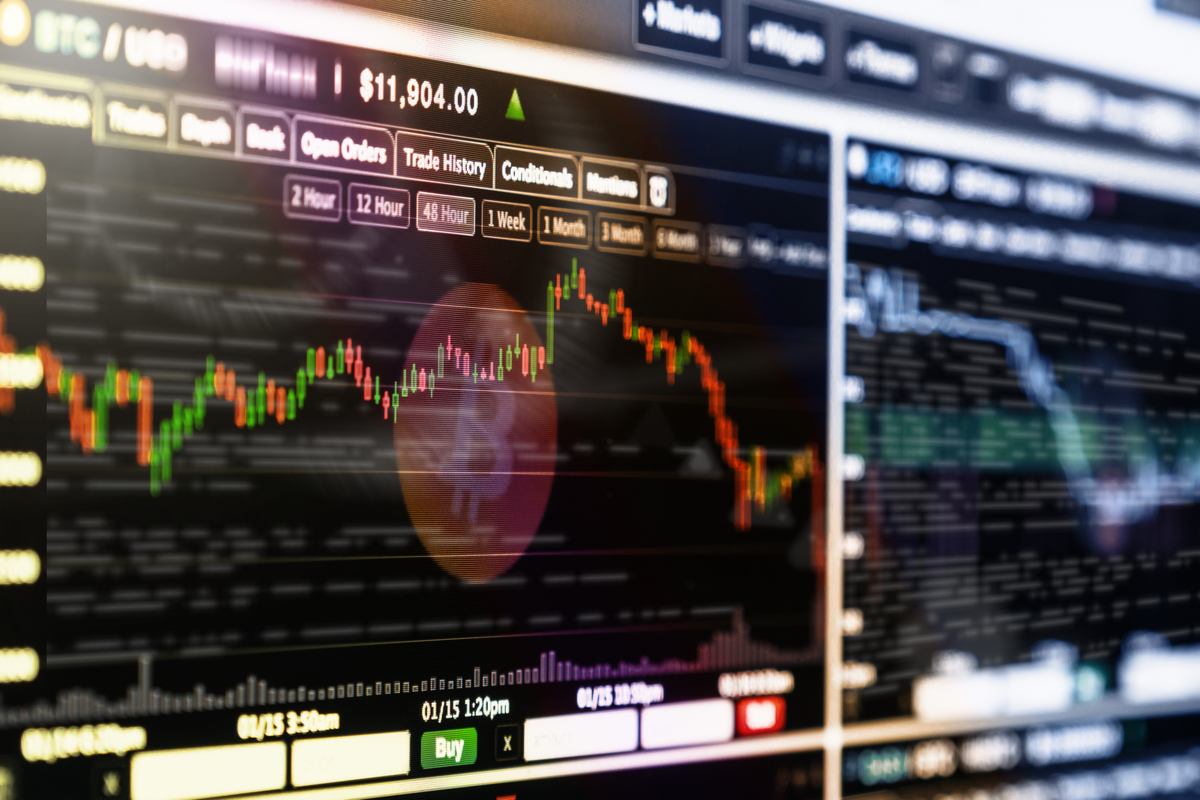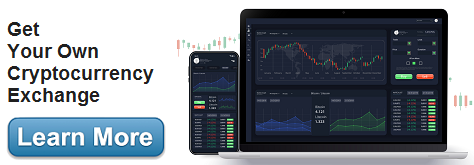An Overview of Crypto Derivatives and Forex With PayBitoPro
- October 26, 2021
- Jennifer Moore

Crypto derivatives options are gaining serious traction in the trading world. Among the several factors responsible, prominent ones include the rising prominence of blockchain, cryptocurrency, and DeFi adoption. An interesting thing to note is the fact that rather than the current market price, crypto-based derivative valuations are actually based on the future potential of digital assets.
Decentralized Exchanges and Crypto Derivatives
Decentralized digital asset exchanges have brought forward a range of financial innovations based on blockchain including tokenization of assets, defi loans, stable coins, and many more. Combined with soaring Bitcoin prices and strong forecasts, crypto derivatives provide an exciting opportunity for investors looking for massive yields.
The origins can be traced back to 2 Chicago-based exchanges- the CME and the CMOE. They were the first ones to launch Bitcoin Futures. A consistent buzz and huge earning scope have led to over 40-50% boost in average daily volume for Bitcoin. In July 2021, the future derivatives market overtook the spot trade market with 56.9% of the market share.
Figuring Out what Crypto Derivatives Really Mean
As per finance experts, derivatives denote a contract or deal to trade (purchase or sell) in a commodity, asset, or financial instrument between two interested parties at a pre-scheduled future date. In terms of crypto derivatives, this represents an agreement between two willing parties regarding the valuation of a cryptocurrency on a future date. With the future selling and buying price fixed, it is not mandatory that the asset’s estimated valuation must match then-existing market valuations.
Crypto derivatives trading can be done through several platforms- centralized or decentralized exchanges, even C2C exchanges. Contrary to conventional wisdom, the main objective of trading in crypto derivatives is to mitigate the risks of volatile asset investment. A trader can easily buy or sell according to the way he/she perceives likely future BTC valuation. Like all trade investments, derivatives may be subject to market risks. But that does not negate the fact that it has some interesting real-time utilities and applications.
Also Read: A Detailed Futures Trading Guide For Beginners
Types of Crypto Derivatives Trading
Broadly speaking, there are 4 different types of cryptocurrency derivatives. Other options like Perpetual Futures with no contract expiry exist. However, they are not that popular due to high volatility. A short description is provided for each of the 4 options as follows.
-
Futures
As the name suggests, futures refer to contracts made between a purchaser and a seller where both concerned parties agree to trade at a pre-scheduled rate and date in the future. The rate remains constant irrespective of the likely future valuation. Futures trading occurs exclusively in exchanges for increased reliability and lower risks.
-
Swaps
The swap trading option is a consensus between 2 parties to swap i.e. exchange the cash flow between themselves. While there are several variants, the interest rate swap is the most common. This involves switching a steady fixed interest rate for uniform payment flow- as agreed upon by the consenting parties. An investor can effortlessly alternate between fixed and floating interest rates for loans.
-
Forwards
Forwards are similar to Futures. The primary difference lies in OTC trading features. Forwards can be traded over-the-counter- making it a less risky option than futures.
-
Options
There is one significant difference between Options and Futures. In both cases, the buying and selling price of the concerned digital asset is fixed. However, in the case of Options, the buyer is not obligated to purchase the crypto asset on a pre-decided date.
Also Read: Crypto Exchange for Forex Brokers
Interest from Forex Derivative Brokers
Crypto exchanges have generated significant interest in firms trading in forex derivatives. The surge in interest has been prominent particularly in Australia. The government is in talks regarding crypto legalizations, and thus the palpable craze is logical. Enterprises and firms are regularly sending trade applications to international cryptocurrency exchanges like PaybitoPro. Other nations showing such similar trends include the US and UK.
Competition in the forex domain is fierce and intense. It is the largest global market and thus its liquidity is unparalleled. Forex trading also facilitates derivatives that function on the basis of a specific underlying currency asset. Examples of financial instruments that derive their valuation from currencies include Currency Futures, Options- Exotics and Vanilla, ETFs or Exchange Traded Funds, CFDs(Contracts for Difference), Forwards, Options and more.
Also Read: Australian Senator Bragg Indicates Crypto Legislation Changes Likely by 2022
Final Thoughts
With an ever-increasing global craze surrounding crypto derivative trading, enterprises and investors looking to start up an exchange are also considering crypto exchange platforms. This choice helps in attracting the growing community of investors and traders dabbling in cryptocurrency. Combining their experience in blockchain and crypto development, PayBitoPro offers users state-of-the-art Forex features in its revered Crypto Exchange Platform. The platform implementation has been successful across several nations, including Thailand, Singapore, and many more.
Categories
- AI (6)
- Altcoins (10)
- Banking (10)
- Bitcoin (132)
- Bitcoin ETF (11)
- Bitcoin Price (30)
- Blockchain (47)
- Brokering World Hunger Away (16)
- Business (7)
- CBDC (11)
- COVID-19 (3)
- Crypto ATMs (1)
- Crypto Banking (15)
- Crypto Bill (1)
- Crypto broker platform (26)
- Crypto Investment (3)
- Crypto Markets (3)
- Crypto Payment (26)
- Crypto Prices (1)
- Crypto Trading (88)
- Cryptocurrency (365)
- Cryptocurrency Exchange (95)
- Data Visualization (2)
- Decentralized Finance (7)
- DeFi Payment (9)
- DEX (3)
- Digital Currency (22)
- Ethereum (2)
- FAQ (6)
- Finance (24)
- Financial Equality (4)
- Financial Freedom (8)
- Forex (24)
- ICO (1)
- Investment (11)
- Mining (3)
- News (64)
- NFTs (2)
- P2P (1)
- PayBitoPro (606)
- PayBitoPro Coin Listing (6)
- PayBitoPro Exchange (2)
- Post COVID Digital Transformation (1)
- Press Release (130)
- Privacy & Security (3)
- Real Estate (1)
- Stablecoin (4)
- Technology (14)
- Uncategorized (2)
- US Presidential Election (2)
- Utility Coin (1)
- Web3 Wallets (1)
- White Label Crypto Broker Solution (1)
- White Label Crypto Exchange (6)





